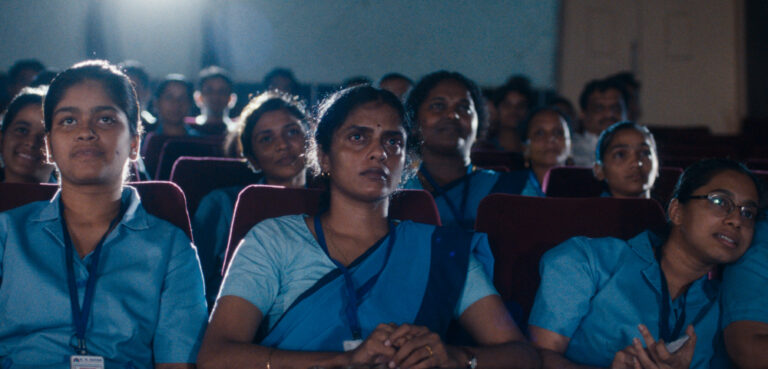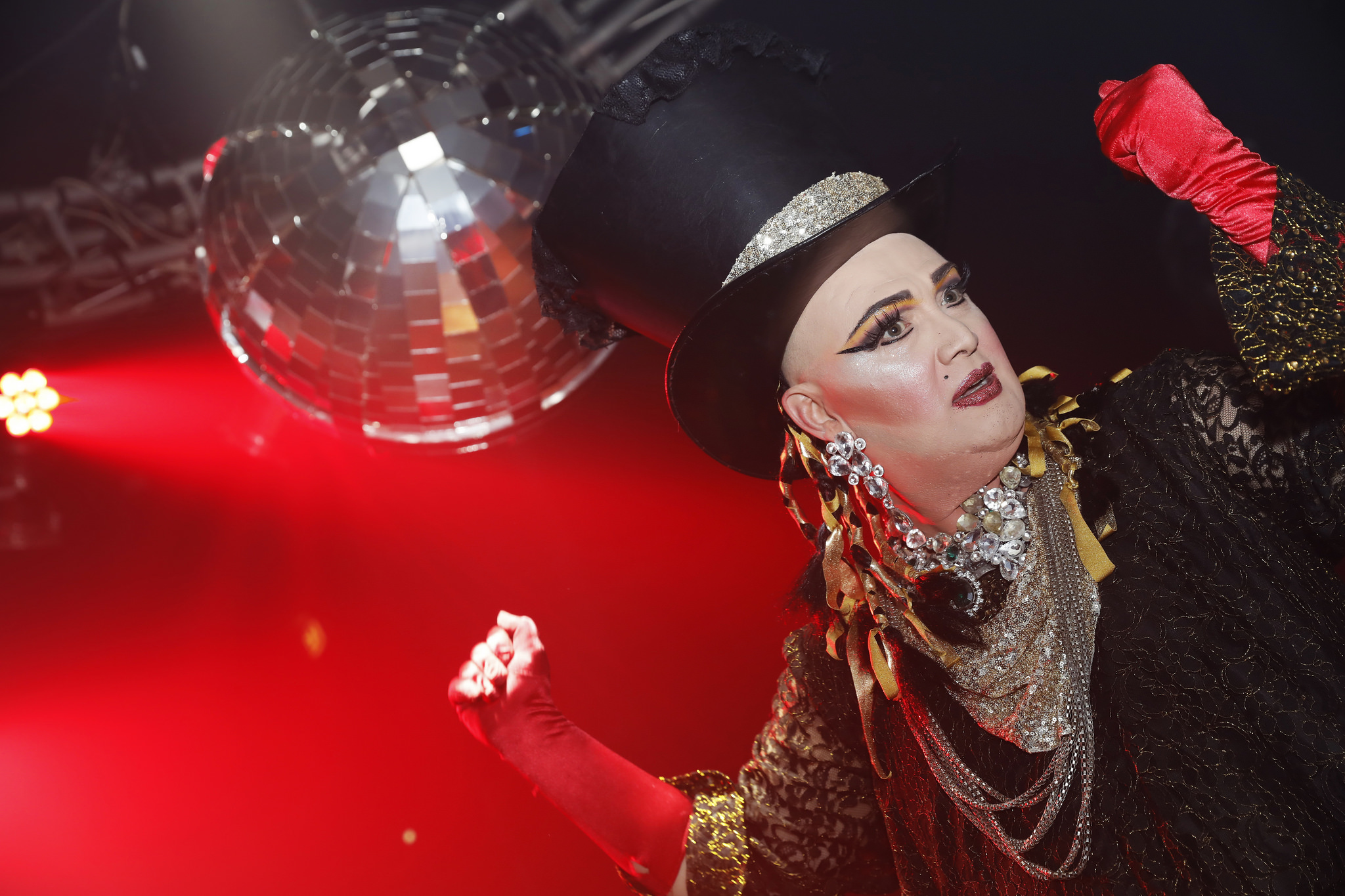
THE NAKED CITY – BREAKDANCING IN BRISVEGAS

The postponement of the Tokyo Olympics aside, many would argue that the so called Olympic movement has suffered substantial reputational damage in recent years. The Games have always been politicised with Hitler setting the gold standard back in 1936 in Berlin. However widespread doping, which has plagued the Olympics since WWII, plus the domination of the large cashed up countries has eroded many of the movement’s original ideals.
The International Olympic Committee appears to have has worked hard to eliminate doping and improve both the image and relevance of the Games by introducing new sports such as golf and tennis. Now comes the announcement in 2020 that ‘break dancing’ is set to take the stage at the 2024 Paris Olympics. Already trialled at the 2018 Summer Youth Olympics as ‘dancesport’, its inclusion was met with a mixed reaction.
Australian squash champion Michelle Martin, who has been lobbying for years for her sport to be included, has labelled the break dancing decision a mockery telling AAP, “You just look at the whole thing and you just go ‘where’s the Olympics going?’ I know some people say breakdancing’s a sport but… I don’t understand.”
However it’s not hard to realise what the motivation of the IOC is. The desire to make the Olympics relevant and appealing to younger audiences has seen the inclusion of sports such as snowboarding and BMX freestyle. Break dancing is synonymous with street culture and hip-hop, originally seen as radical and rebellious but now embraced by the mainstream.
Whilst traditional sports such as athletics and swimming have been the mainstay of the Olympics, other activities have come and gone during the past century or more. Tug Of War was a popular team event from 1900 to 1920, whilst the much lampooned ‘synchronised swimming’, redolent of an Esther Williams water ballet, debuted at the LA games in 1984. We think of cage fighting promoted by the UFC as a rather recent phenomenon but its antecedent, ‘pankration’, dates back to the Greek Olympic Games in 648 BC. The very name sounds painful and the sport combined boxing and wrestling with just about everything but eye gouging allowed.
Given the incredible cost of a city hosting the Olympics and the often disastrous economic hangover that follows, it’s hard to believe that Brisbane is putting in a bid for the 2028 Olympics. The cost of the bid alone will probably run into millions and the uncertainty of the current economic situation triggers all kinds of alarms. Queensland debt is forecast to blow out past $100 billion by mid next year so it doesn’t leave much time to reorganise the finances to accommodate such a massive event. And who knows – by 2028 sea levels may have risen so much that the entire Gold Coast shoreline is under three metres of water. There goes the beach volleyball!
Perhaps the inclusion of some uniquely Australian ‘sporting’ pastimes, as well as some exciting new innovations, might influence the IOC to grant Brisvegas the Games. Here then are just a few suggestions:
DRY CREEK SAILING: In the spirit of the Henley-on-Todd regatta in Alice Springs, who needs water when the action is on a sandy creek bed.
SYNCHRONISED BREAK DANCING: Let’s give that silly water ballet a run for its money with a dozen or more B-boys or B-girls twisting and cavorting in perfect harmony on rock hard concrete.
TUNA TOSS: Originating in Port Lincoln SA, the tuna toss could be easily incorporated into the traditional track and field. Replacing both the discus and the javelin, the spectacle of a huge 100kg fish being hurled by big burly competitors would be a sensation.
EXTREME IRONING: A great way to show off Australia’s natural wonders as contestants take an ironing board and attempt to iron in the most unusual and daring environments like underwater on the Great Barrier Reef or in a croc ridden swamp in northern Queensland.









